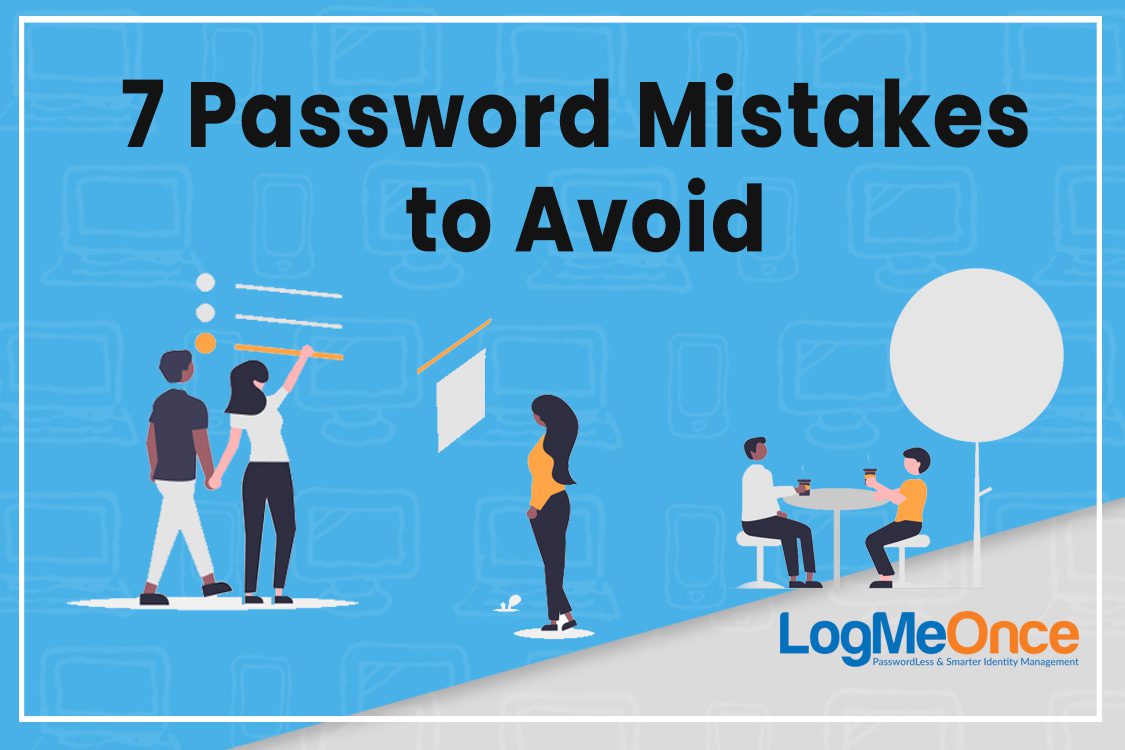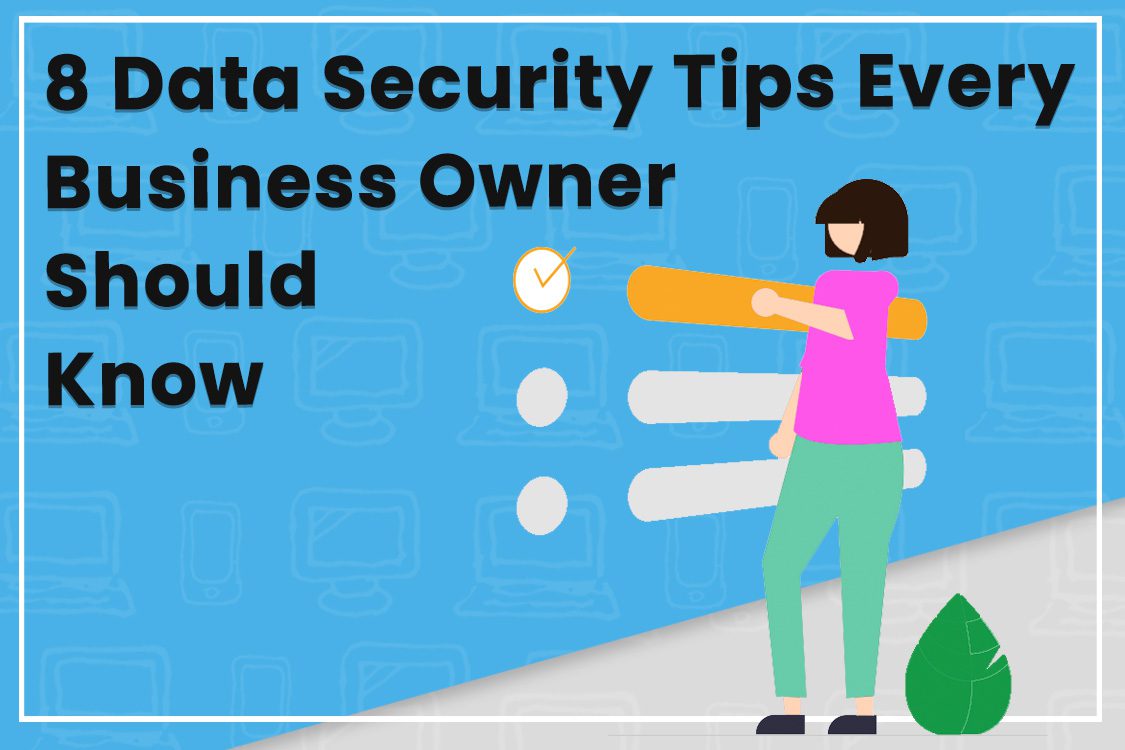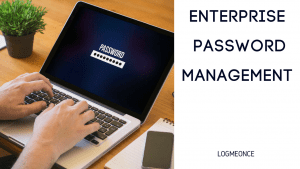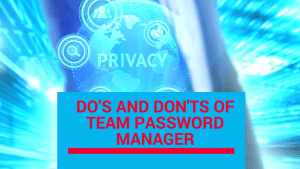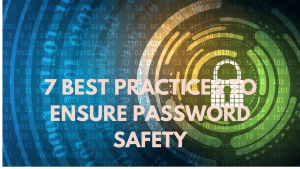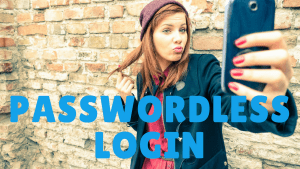If you're a person who takes their online security seriously, you've likely heard of the term "master password." But why exactly is it necessary, and how does one go about choosing the right one?
Well, these questions are exactly what we'll be answering in today's post. We will be talking all
Read More

Secure Drive: An Unbreakable Cloud Storage Solution
Cloud storage solutions are something that almost every person nowadays uses, whether they are business owners who need to keep a lot of files and sensitive business information in a secure place or individuals who simply want to save their documents and photos someplace where they won’t lose them. Whichever the reason for using cloud storage, you certainly want one that will keep your data safe and secure at all times, so that you don’t have to worry about it being lost, stolen or misused. One of the best cloud storage solutions currently available is the unbreakable LogMeOnce Secure Drive. What Is LogMeOnce Secure Drive? LogMeOnce Secure Drive is one of the two encrypted storage options provided by LogMeOnce, an online password manager with two-factor authentication (2FA) for adding an extra layer of security to your devices. The Secure Drive encrypts any kind of file, quite similar Google Drive, Dropbox, OneDrive and other cloud storage services. You can easily attach your files to Secure Notes and Apps in the Secure Drive and move them between your devices and the cloud, as well as create folders to organize everything you upload. You can store all kinds of files in the LogMeOnce Secure Drive, from your photos, images, and videos to documents. The moment you upload any kind of file, they will automatically be encrypted using AES (Advanced Encryption Standard) 256 encryption, including the names of your files and all the data. How does it actually work? First, you need to create an account with LogMeOnce, after which you can choose the desired storage and start using the drive. When you want to upload a file to the Secure Drive, you will be asked to provide your password and AES key, so the file will instantly be encrypted right there on your desktop browser. Then, the file is uploaded the encrypted file to the cloud. Whenever you want to access the cloud and view your data, as well as upload or download it, you can do so only with your own password and AES key. No one else has access to your AES key, so no one can access your encrypted data without your authorization. Are There Any Limitations to File Size and Storage? Every file you upload to the LogMeOnce Secure Drive can have the maximum size of 100 MB. When it comes to the Drive’s Secure Notes and Apps, you can upload 5 files to each. Concerning the amount of storage, LogMeOnce provides you with 1 MB of default file storage if you choose the Premium Free edition. If you choose the Professional edition, you get 5 MB of file storage, whereas you will receive 10 GB of file storage if you go for the Ultimate edition. If you want to, you can always purchase additional storage, which goes from 50 GB to 250 GB, or more. How Secure Is Your Data in LogMeOnce Secure Drive? If you choose LogMeOnce Secure Drive, you can be absolutely sure that all your data will always be safe and secure in the cloud. This is precisely because only you hold the encryption key, so one can access your files. Even LogMeOnce has no access to your encryption key and, hence, cannot view or use your data. What’s more, LogMeOnce password manager has multiple security features to further protect your account and data from unauthorized access. It protects your account and effectively secures authentication with the use of the following technologies: PasswordLess Login (PhotoLogin, Fingerprint, PIN) Mugshot Scheduled Login Account Freeze Password Shock How Much Does It Cost? As previously mentioned, you can use LogMeOnce Secure Drive for free if you choose the Premium Free edition, but you would get only 1 MB of file storage. If you want larger storage, there are several pricing options to choose from: Professional edition: 5 MB – $1/month Ultimate edition: 10 GB – $9.96/year 20 GB – $19.99/year 50 GB – $39.99/year Why Choose LogMeOnce Secure Drive? The most obvious reason for choosing LogMeOnce Secure Drive is the fact that you can encrypt your data with your own password and your AES key. You don’t need to worry about someone else having access to your AES key, because no one but you knows it. As opposed to other cloud storage services, LogMeOnce Secure Drive automatically encrypts your files while you are uploading them to the cloud. Both the encryption and decryption processes are performed on-the-fly, right there on your device, so neither LogMeOnce nor anyone else can have any knowledge of your credentials. All that LogMeOnce does is handle your encrypted files, that is, stores them securely in the cloud. The company employs high-level security practices to protect your data, that is, it employs AES 256-bit key length and SSL endpoints using the HTTPS protocol for secure communication over a computer network. How to Use LogMeOnce Secure Drive? Once you log into your LogMeOnce Secure Drive account, you have two options: Upload files and create New Folder and upload files. In order to upload files, simply click on the Upload button and select files to drag and drop. The same goes for creating a new folder: click on the New Folder button and choose the files that you want to upload, also by dragging and dropping them into the folder. If you’re looking for an unbreakable cloud storage solution to keep your files and documents protected at all times, LogMeOnce Secure Drive is definitely your way to go, so check it out, choose your desired storage amount and finally have a peace of mind, knowing that only you can access your personal or business data.











